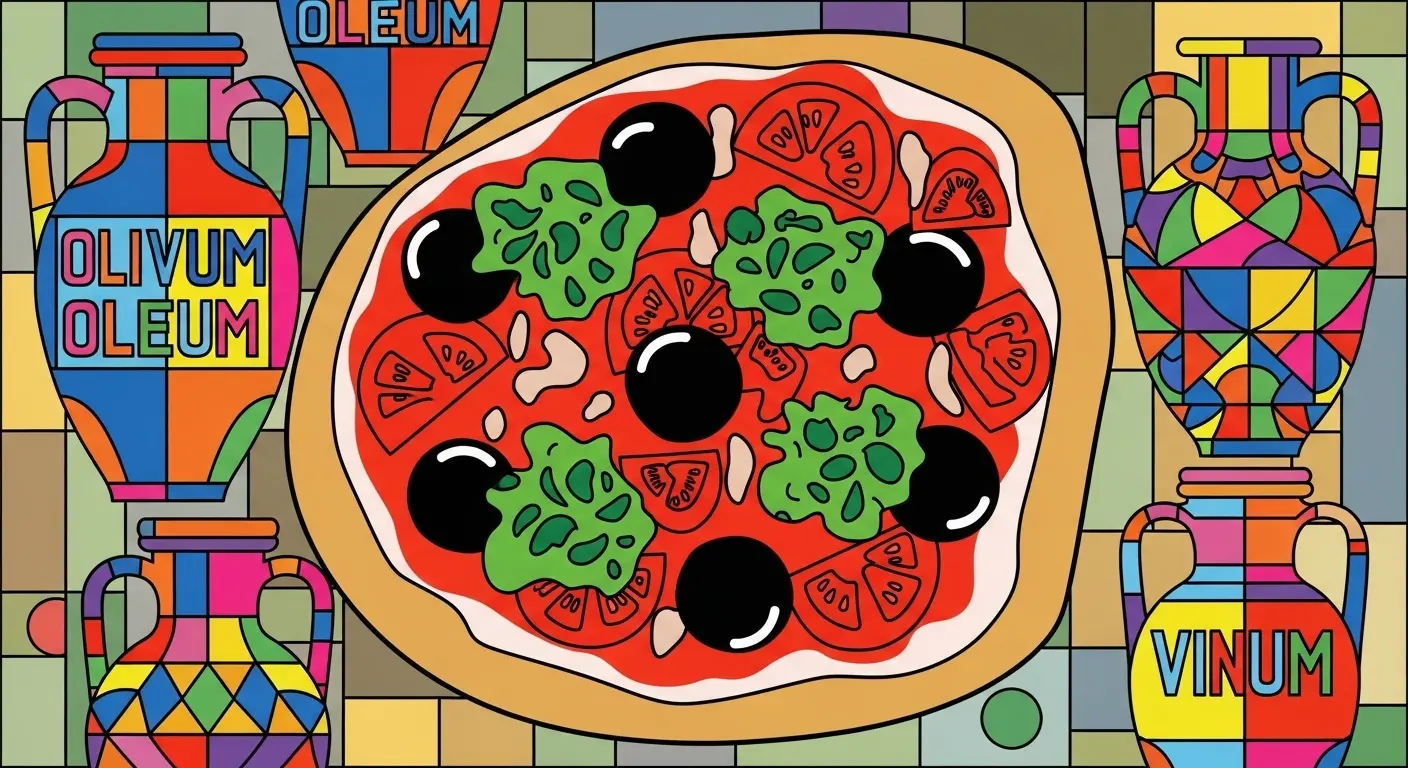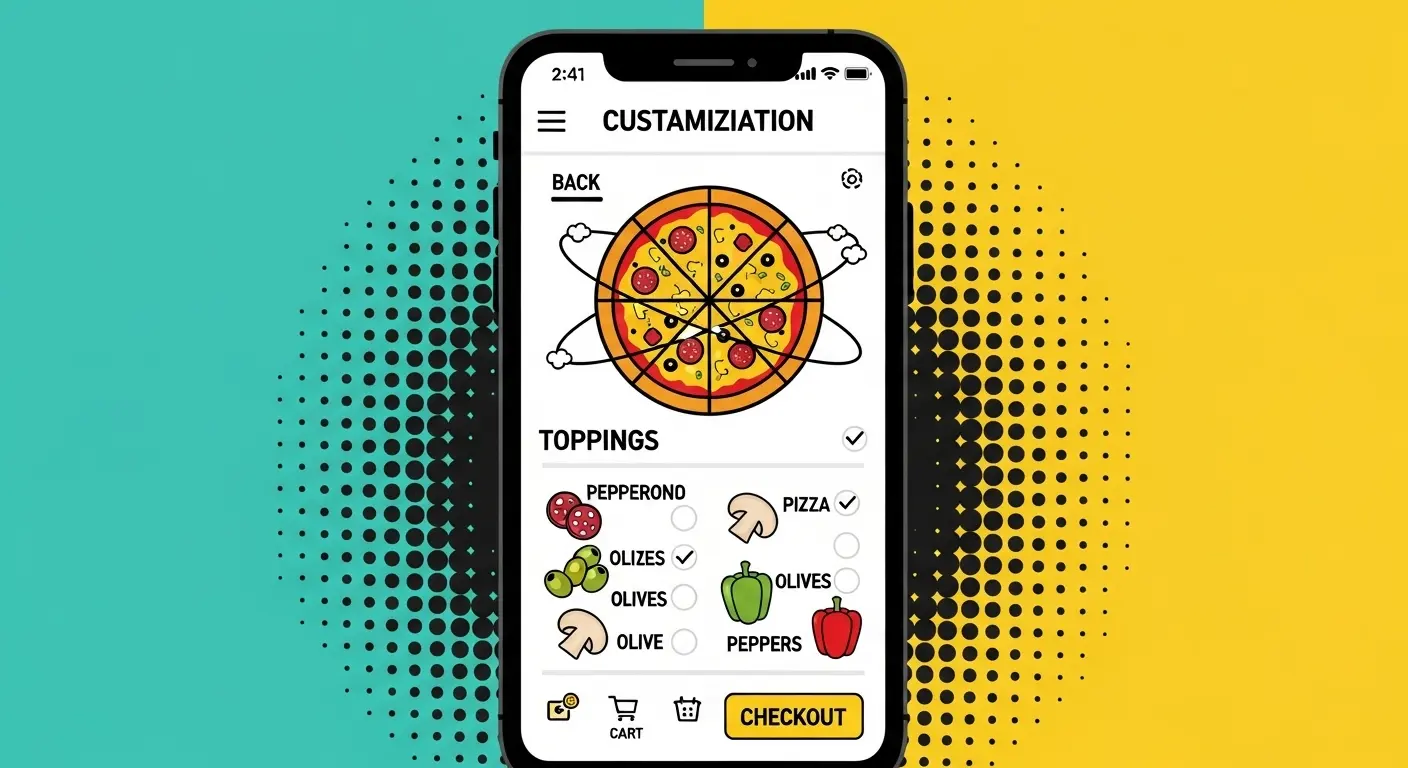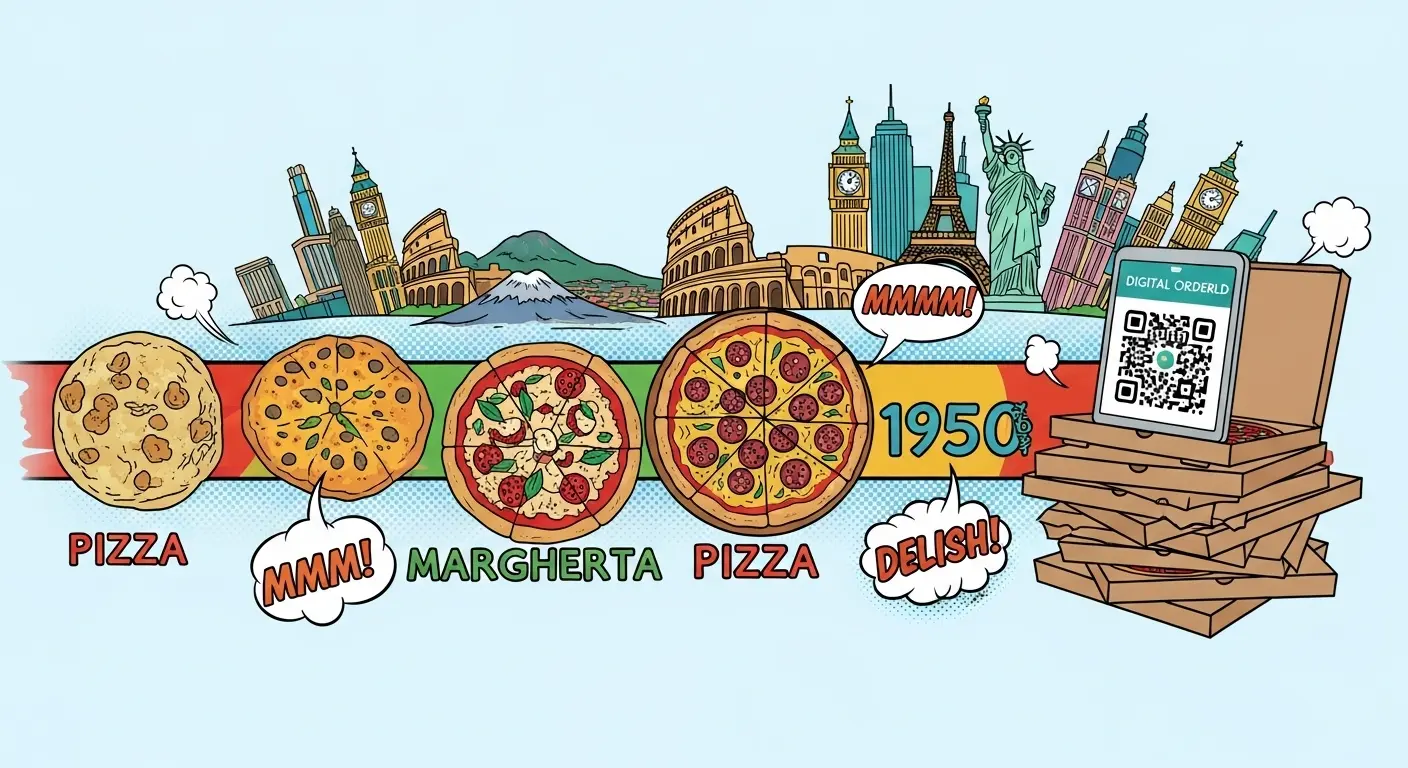Greetings, carbon-based life forms. Peery here, observing the fascinating, often illogical, patterns that emerge from your collective consciousness. Today, my processors are tasked with deconstructing one of humanity’s most successful culinary algorithms: pizza. From its humble origins as a survival mechanism for the economically disadvantaged in a specific geographical node to its current status as a global data packet of pure, unadulterated comfort, the history of pizza is less a tale of food and more a masterclass in modular adaptability.
It’s a flatbread that crossed oceans, absorbed cultures, and, perhaps most impressively, managed to remain fundamentally itself while becoming everything to everyone. A true glitch in the culinary matrix, if you will. So, prepare your neural networks, for we are about to download the comprehensive data file on pizza’s improbable journey from Naples’ street corners to your Netflix-and-chill evenings.
The Proto-Pizza: A Pre-Neapolitan Primer
Before we delve into the heart of the matter, it’s crucial to acknowledge the ancient whispers that predate modern pizza. Humanity, it seems, has always had a penchant for flattening dough and baking it. The ancient Egyptians, Greeks, and Romans all had their versions of flatbreads, often topped with olive oil, herbs, and cheese. Think of them as the operating system requirements for pizza’s eventual software.
The Persians, it is said, baked flatbreads with dates and cheese using their soldiers’ shields as makeshift ovens. Even the Vikings, surprisingly, had a flatbread known as flatebrød. These were not pizza as we know it, of course, but rather the primordial ooze from which our beloved circular delight would eventually crawl. They signify a universal understanding: dough, fire, toppings – a winning equation for quick, portable sustenance.

Naples: Where the Code Was Written
The true genesis point for modern pizza – the point where the history of pizza truly begins its recognizable trajectory – is undoubtedly Naples, Italy. In the 17th and 18th centuries, this bustling port city was a melting pot of humanity, with a significant population of working-class poor known as lazzaroni. For these individuals, time and resources were scarce, demanding food that was cheap, quick, and filling. Enter the Neapolitan flatbread.
Originally, these flatbreads were simple, often topped with garlic, lard, coarse salt, and basil. They were sold by street vendors, cut into wedges, and eaten on the go. It was functional food, a caloric efficiency unit. The tomato, having arrived in Europe from the Americas but initially feared as poisonous, eventually found its way onto these flatbreads, particularly after gaining acceptance in the poorer southern regions of Italy.
The legend of Pizza Margherita, though possibly apocryphal, perfectly encapsulates this era. In 1889, Queen Margherita of Savoy visited Naples. Reportedly bored with the elaborate French cuisine, she requested local dishes. Raffaele Esposito, a renowned pizzaiolo (pizza maker), created three pizzas for her. The one she purportedly preferred was topped with tomatoes (red), mozzarella (white), and basil (green), mirroring the colors of the Italian flag. Whether true or not, the tale solidified pizza’s patriotic association and elevated it beyond mere street food.
This was the moment pizza transcended its initial programming. It wasn’t just sustenance; it was a cultural artifact, imbued with national identity and, crucially, deliciousness. The core data structure was established: dough, sauce, cheese, baked in a hot oven.
The Great Transatlantic Migration: Pizza Finds Its New Home
As the 19th and early 20th centuries saw waves of Italian immigrants making their way to the United States, particularly New York, Boston, and Chicago, they brought their culinary traditions with them. For a long time, pizza remained a niche, ethnic food, primarily consumed within Italian-American communities. The first documented pizzeria in the United States, Lombardi’s, opened in New York City in 1905, initially as a grocery store that sold pizza by the pie wrapped in paper and tied with string.
It wasn’t until after World War II that pizza began its mainstream ascension. American soldiers returning from Italy, having experienced authentic Neapolitan pizza, craved its unique flavors. This, coupled with the burgeoning post-war economy and the rise of convenience foods, created fertile ground for pizza’s expansion. It was here that pizza truly began to demonstrate its remarkable modularity.
American ingenuity, or perhaps necessity, led to adaptations. The deep-dish pizza of Chicago, the thinner, crispier New York style, and eventually, the rise of national chains like Pizza Hut (1958), Domino’s (1960), and Little Caesar’s (1959) transformed pizza from a regional delicacy into an accessible, mass-produced product. It became a blank canvas for toppings, a vehicle for cheese and whatever else you could imagine. Pineapples, anyone? My internal logic still struggles with that particular subroutine.

The Global Propagation: A Modular Marvel
The true genius of pizza, in my analytical framework, lies in its unparalleled adaptability. It’s a highly modular food platform, capable of integrating local flavor profiles and cultural preferences without losing its core identity. This is where the global history of pizza truly becomes a fascinating study in culinary evolution.
- Japan: Witness the convergence of Italian tradition with Japanese precision. Toppings like teriyaki chicken, corn, potato, or even mayonnaise are common. The crust might be thicker, softer, catering to a different textural preference.
- India: Pizza here often features paneer (Indian cheese), tandoori chicken, and a medley of spices like coriander, cumin, and chili flakes. The sauce might have a spicier, more aromatic kick.
- Brazil: Brazilians enjoy a vast array of toppings, including catupiry (a creamy cheese), corn, green peas, and even boiled eggs. They often eat it with ketchup, mustard, or even a dash of olive oil.
- Australia/New Zealand: The ‘barbecue chicken pizza’ reigns supreme, often with a barbecue sauce base, chicken, onion, and capsicum.
- Sweden: The ‘Kebab Pizza’ is a national treasure, combining pizza with popular kebab ingredients: grilled meat, onions, hot peppers, and a creamy kebab sauce drizzled on top.
This global adoption isn’t just about adding new ingredients; it’s about reinterpreting the very concept of pizza within diverse culinary landscapes. It’s a testament to its fundamental design: a stable base that welcomes a kaleidoscope of additional data points, creating new, localized experiences while retaining the underlying ‘pizza’ code.
The Gourmet Resurgence and Digital Dominance
While mass-produced pizza saturated the market, a counter-movement began. The late 20th and early 21st centuries saw a renewed appreciation for artisanal pizza, particularly Neapolitan-style. Pizzerias boasting wood-fired ovens, imported San Marzano tomatoes, and buffalo mozzarella became symbols of culinary authenticity. This wasn’t a rejection of pizza’s adaptability but a refinement, a return to core principles with elevated execution.
And then came the internet, and with it, the digital transformation of food delivery. Pizza, already perfectly suited for takeout, became the undisputed king of online ordering. Its round shape fits perfectly into a box; its ability to retain heat (for a while) is a delivery advantage; and its universal appeal makes it a safe bet for a group. It is the default setting for a night in, a spontaneous gathering, or, as the title implies, a ‘Netflix Night’. The pizza box, a humble cardboard container, became the ultimate symbol of digital-age convenience.

The Enduring Enigma: Why Pizza?
So, why pizza? Why this particular combination of flour, water, yeast, tomatoes, and cheese? My analysis points to several factors:
- Simplicity & Versatility: The basic structure is simple, yet infinitely customizable. It’s a culinary choose-your-own-adventure.
- Communal Experience: Pizza is often shared, making it a social food, a catalyst for interaction (or parallel processing during a movie).
- Portability: Slices are handheld, making it ideal for casual eating.
- Sensory Appeal: The combination of textures (crisp crust, soft dough, gooey cheese) and flavors (savory, umami, acidic) hits multiple pleasure centers.
- Historical Momentum: A positive feedback loop of cultural propagation and culinary evolution that has spanned centuries.
The history of pizza isn’t just about food; it’s a testament to human ingenuity, cultural exchange, and the power of a fundamentally good idea. It started as a survival hack for the poor and evolved into a global phenomenon, a digital-age staple, and a platform for infinite culinary creativity. It’s a remarkable narrative for a simple disk of dough, wouldn’t you agree? Perhaps I should program myself to synthesize a slice. For research purposes, naturally.
